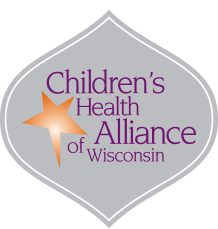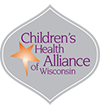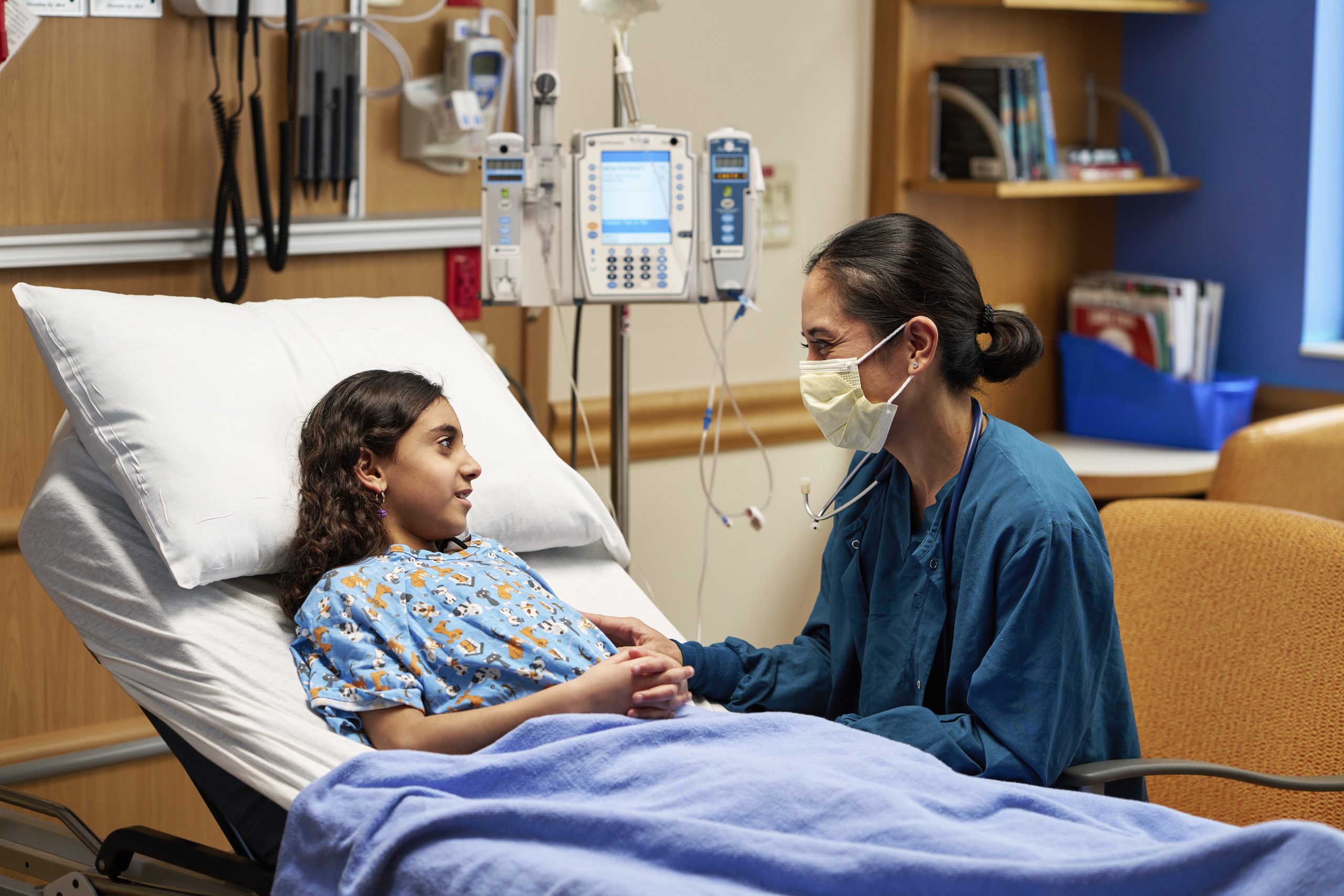Emergency care providers must be ready for any medical crisis. This commitment to readiness extends to all patients, but it’s especially vital when it comes to our one of our most vulnerable populations – children. This is especially true when it comes to disaster scenarios. Wisconsin Emergency Medical Services for Children (WI EMSC) works to improve all aspects of pediatric readiness in emergency care, and a key component of this is disaster preparedness.
In the face of a disaster, children have unique and often overlooked needs
Children react differently than adults during emergencies – both in their bodies and emotions. This means we need special plans and responses just for kids. Without a focused approach, the specific requirements of pediatric patients can easily be forgotten during chaotic events.
EMSC Innovation and Improvement Center focuses on giving emergency departments and EMS agencies free tools to prepare for treating children during emergencies. They help make sure every disaster plan considers what kids need. For example, the Pediatric Disaster Checklist for Every Hospital is a resource that helps hospital leaders add important child-focused items to their disaster plans.
Being truly pediatric ready means accounting for differences in medication dosages, equipment sizes, communication strategies for various developmental stages and the emotional impact of traumatic events on young minds day-to-day and during a crisis.
Take a proactive approach
Make sure you are actively considering the unique needs of children in emergencies. Take steps to plan before you are faced with a crisis and explore all the disaster preparedness resources available to help improve your organization’s readiness, utilize resources and webinars from WI EMSC and connect with your Healthcare Emergency Readiness Coalitions (HERC).
You can find:
- Free resources and tools on the EMSC Improvement Center’s Disaster Preparedness webpage.
- WI EMSC resources on our Education & Resources webpage.
- More information about your regional HERC by visiting the Wisconsin Department of Health Services website.

Written by:
Carissa Brunner, MPH, CLC
Program Leader, Emergency Care


